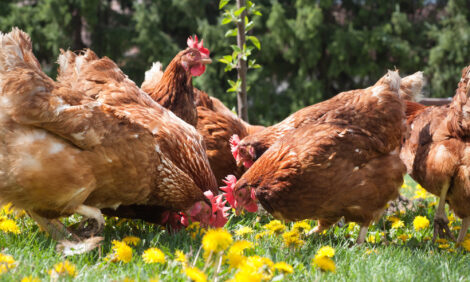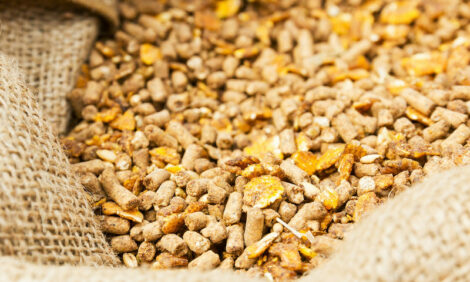



Dust storm tears destructive path across US upper Midwest
The wall of dust was reminiscent of the Dust Bowl of the 1930sHurricane-force winds tore across the US upper Midwest Thursday evening, sending walls of dust across cities and rural towns, causing widespread property damage and killing at least two people, reported Reuters.
Straight-line winds up to 105 miles per hour (169 kph) reached from Kansas to Wisconsin, pushing waves of farmland topsoil across the horizon and plunging communities into darkness, according to meteorologists and soil experts.
The wall of dust evoked images of the Dust Bowl of the 1930s, said farmers, with winds dropping storage buildings onto tractors and flipping cars on highways.
One person was killed by a fallen tree in Sioux Falls, South Dakota, according to the National Weather Service. A second person was reportedly killed in Minnesota, when a grain bin fell onto a car, according to the Minneapolis Star Tribune.
"The damage is extensive, but it could have been a lot worse," said Todd Heitkamp, meteorologist-in-charge at the National Weather Service in Sioux Falls, South Dakota. The most severe damage hit parts of Nebraska, South Dakota, Iowa and Minnesota, he said.
As winds subsided, a gritty layer of black dirt covered wind turbine blades and filled drainage ditches, farmers said, as rich top soil, crucial for growing crops, blew off some fields.
Dry conditions across the Great Plains and Midwest, combined with traditional farm practices like soil tillage, set the stage for the massive dust storm, according to Joanna Pope, Nebraska state public affairs officer for the US Department of Agriculture's Natural Resources Conservation Service.
"The best defense to this type of stuff is installing cover crops and soil-saving practices like no-till," she said.
"Soil that's exposed gets dried out really fast, and the high winds just make it blow away. That's people's livelihoods, blowing way. It's terrible."
The storm could compound struggles as farmers face delayed planting, soaring input costs and pressure to increase production amid record-high food prices and fears of shortages.
In central Nebraska, high winds mangled irrigation systems used to offset dry conditions for recently planted crops. Farmer Kevin Fulton said it could be weeks before the costly systems are repaired.
Farmer Randy Loomis was planting corn near Ayrshire, Iowa, when the storm rolled through, tossing a neighbor's grain bin across his yard.
His wife and daughter, after dropping off his supper, abandoned their car to huddle against the wind in a nearby ditch, he said.
"That big dust cloud was three football fields wide," said Loomis, 62. "It was just black. ... it had sucked up all that black dirt."










